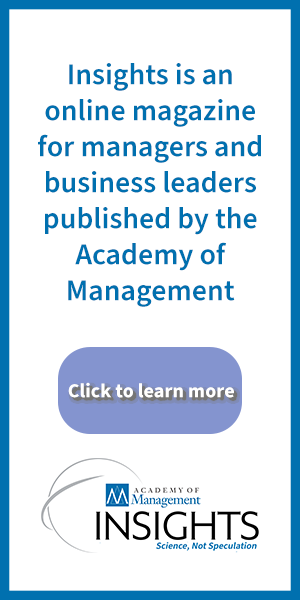Published on: July 8, 2025 at 3:54 pm
A handwritten note by Luigi Mangione, the suspect in the murder of UnitedHealthcare CEO Brian Thompson, has called attention to the declining life expectancy of U.S. citizens. The note highlighted the jarring gap between the soaring costs of the U.S. healthcare system and the country’s relatively low life expectancy, as reported by the Associated Press.
The U.S. Center for Disease Control estimated Americans’ life expectancy at 77.5 years, which is similar to that of Ecuadorians and Croatians, while Dr. Steven Woolf of Virginia Commonwealth University said that at least 10% to 20% of health outcomes are directly tied to the U.S.’s privatized healthcare system. Employer-subsidized healthcare insurance plans and third-party administrators raise the cost of care and often deny doctor-recommended medical procedures.
AOM Scholar Jeffrey Pfeffer of Stanford University said that he’s skeptical that the United States will move to a single-payer healthcare system such as Medicare for All or any other national solution such as the public health-insurance option that was removed from the Affordable Care Act before it passed in 2010. That places the onus on employers to help ensure that their employees are getting decent healthcare, which benefits organizations by increasing retention and productivity.
“The idea of us getting to a single-payer healthcare system given the politics of all of this is close to zero, but the interesting thing is, employers do not have to wait,” Pfeffer said. “Large universities, U.S. Steel, J.P. Morgan Chase, and all these organizations could fix their problems themselves—they don’t have to wait for Congress to pass something.
“Employers could save a lot of money and reduce their legal exposure and risk of getting sued under ERISA [Employee Retirement Income Security Act] for not doing their fiduciary duty,” he said. “They could have employees who are happier, more satisfied, and more engaged, because in a paper I did with three colleagues, what we found is that employees who spent time having to deal with their benefits administrators were more burned out and less satisfied and less engaged than the employees who did not have to do so.
“Ironically, employers are paying for benefits that burden the employees rather than benefit them, and if you fix the administration of health benefits, they would have more engaged, more satisfied, less prone to turnover, less burned-out employees.”












